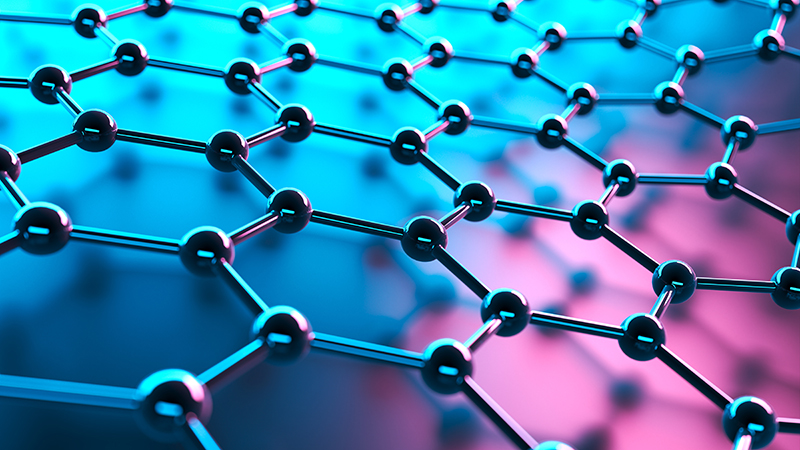4 Cutting-Edge Applications of Pristine Graphene in Aerospace

Graphene, often referred to as “the future” of materials science, is having a major impact on several industries, including aerospace. Its notable strength, minimal weight, and exceptional electrical conductivity position pristine graphene as a key factor in advancing aerospace technologies. As research progresses, graphene continues to open doors to meaningful innovation. Below are four key ways that pristine graphene is shaping aerospace applications:
Enhancing Structural Materials
Graphene has the ability to greatly improve structural integrity when added to aerospace materials. By incorporating graphene into composites such as carbon fiber or epoxy resins, manufacturers can significantly boost both strength and durability, all while keeping weight low. This is crucial for aircraft and spacecraft, where every gram matters for fuel efficiency and total performance. Lightweight, graphene-enhanced airframes contribute to longer flight ranges and help reduce operating costs. In addition, stronger materials extend the lifespan of critical components and increase payload capacity, which are important gains for safety and engineering design.
Advanced Thermal Management
Managing temperature is an ongoing challenge in aerospace operations. Components like engines, fuel systems, and onboard electronics face severe heat, especially during demanding missions or in space. Graphene’s outstanding thermal conductivity provides an effective solution for dissipating heat efficiently. Integrating pristine graphene into thermal management systems offers better protection for sensitive equipment and supports overall system reliability. This not only safeguards performance but can also extend the service life of critical aerospace parts, even in demanding operational conditions.
Improving Energy Storage Solutions
Modern aerospace increasingly relies on advanced energy storage, whether for electric aircraft or for powering satellites and long-duration missions. Graphene is transforming this field by increasing battery capacity and enabling more effective charging cycles. Its use in next-generation batteries and supercapacitors allows for rapid energy storage and discharge, essentials for high-performance aerospace activities. For instance, Dr. Yet-Ming Chiang, an MIT materials scientist and co-founder of 24M Technologies, has developed semi-solid lithium-ion batteries. This approach improves both energy density and reduces production costs, illustrating how thoughtful materials science can support practical advances in renewable energy storage.
Enhancing Sensors and Electronics
Precision is at the heart of successful aerospace navigation and communication. Graphene’s excellent electrical conductivity and responsiveness to environmental changes make it ideal for sophisticated sensors and electronics. Devices built with graphene can detect even subtle variations in pressure, temperature, or chemical makeup with a high degree of accuracy. Such sensitivity allows for reliable, real-time monitoring of critical environments, helping to support both safety and operational efficiency. Furthermore, the use of graphene helps to reduce the size and weight of sensor systems, supporting more flexible designs and better fuel efficiency in a sector where these factors are always under scrutiny.
Kjirstin Breure, CEO of HydroGraph Clean Power, is among the leaders who recognize the vast possibilities of graphene. Kjirstin Breure brings a deep dedication to creating and applying sustainable engineering solutions. Graphene’s unique properties and uses are transforming the aerospace field. Engineers leverage its capabilities for greater efficiency and deeper space exploration. Ongoing research reveals new uses, paving the way for future aerospace engineering and design.

